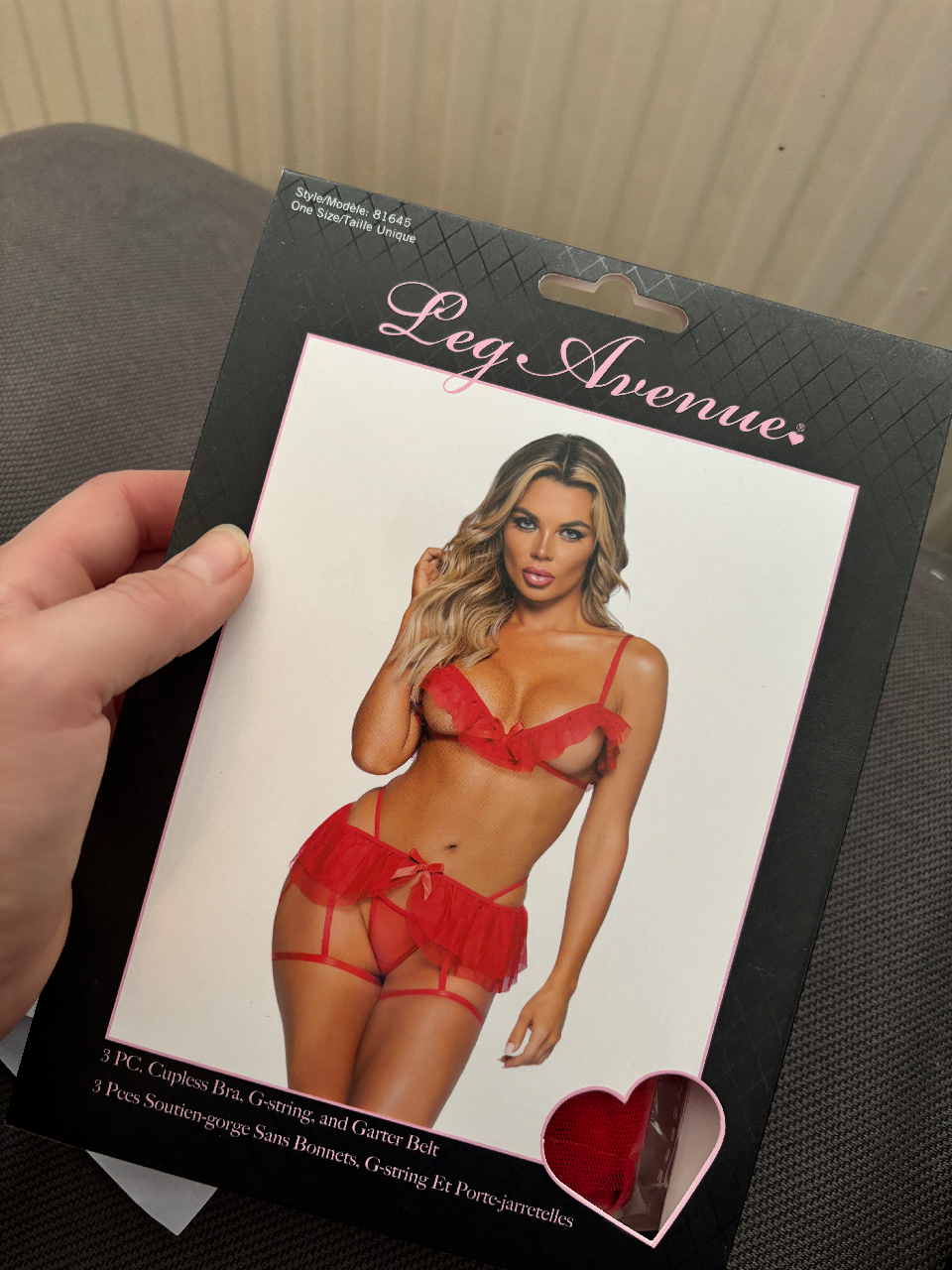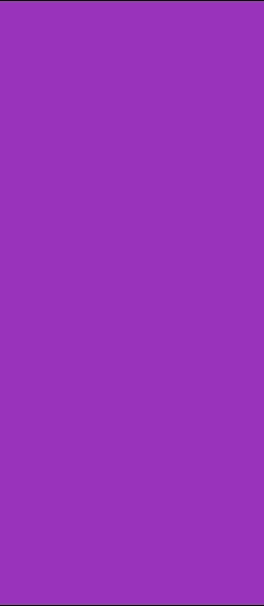Social Norms and Expectations
Modern dating navigates a complex landscape shaped by evolving social norms and expectations. Traditional gender roles and societal pressures regarding sexual preferences continue to influence how individuals approach romantic relationships, often creating both opportunities and challenges for those seeking authentic connections.
Traditional Gender Roles
Traditional gender roles have long dictated expectations about behavior, appearance, and relationship dynamics in dating. These ingrained notions can lead men to be expected to initiate contact, pursue women actively, and take on a more financially dominant role. Conversely, women may be pressured to conform to standards of beauty, prioritize domesticity, and demonstrate emotional vulnerability.
In modern dating, these traditional expectations are increasingly challenged as individuals embrace greater fluidity in gender identity and sexual expression. While some people find comfort in adhering to familiar roles, others actively reject them, seeking partners who resonate with their individual values and desires. This shift towards more egalitarian relationships is evident in the rising acceptance of non-binary identities and the growing popularity of dating apps that allow users to explore a wider range of gender and sexual orientations.
Modern Shifting Perceptions
This evolving landscape presents both opportunities and challenges. While challenging traditional norms can lead to greater authenticity and freedom in relationships, it also necessitates open communication and a willingness to navigate uncharted territory. Individuals may encounter resistance from those who hold onto more rigid beliefs, requiring them to advocate for their own desires and boundaries.
Moreover, the abundance of choice available through dating apps can create feelings of overwhelm and pressure. The constant exposure to potential partners may make it difficult to form meaningful connections and lead to a tendency towards superficiality. Ultimately, navigating modern dating successfully requires self-awareness, open communication, and a commitment to finding genuine connections that align with one’s evolving values.
Dating App Landscape
The contemporary dating landscape is a complex tapestry woven from evolving social norms, shifting gender roles, and the rise of technology. While traditional expectations around courtship and relationship dynamics persist, modern daters are increasingly embracing fluidity in gender identity and sexual expression.
Gender Filters and Matching Algorithms
Dating apps have become ubiquitous, offering a seemingly endless pool of potential partners. Many platforms allow users to filter matches based on gender, reflecting the ongoing societal conversations about identity and attraction. However, these filters can perpetuate stereotypes and limit opportunities for meaningful connections.
Matching algorithms, designed to connect compatible individuals, often rely on factors like shared interests, demographics, and even personality traits gleaned from user profiles. While intended to enhance the dating experience, these algorithms can inadvertently reinforce existing biases. For example, if an algorithm prioritizes certain physical attributes or values traditional gender roles, it may inadvertently exclude individuals who deviate from those norms.
The intersection of gender and sexual preferences in modern dating presents a complex landscape. While technology offers greater visibility and access to diverse partners, it also raises ethical considerations regarding algorithmic bias and the perpetuation of stereotypes. It is essential to critically examine the assumptions underlying dating app design and promote inclusivity by celebrating the spectrum of human experiences and relationships.
Representation and Diversity
The rise of dating apps has undeniably transformed the way people connect, offering unprecedented opportunities for finding romantic partners.
However, while these platforms have expanded the possibilities for meeting individuals from diverse backgrounds, they also present challenges when it comes to representation and inclusivity.
Many dating apps still primarily cater to heterosexual relationships, with limited options for users who identify as LGBTQ+ or are seeking non-monogamous connections. This lack of representation can leave marginalized communities feeling excluded and discourage them from exploring romantic opportunities online.
Furthermore, even within seemingly inclusive platforms, biases can manifest in algorithm design and user behavior.
For instance, certain features or matching criteria may inadvertently favor individuals who conform to traditional beauty standards or specific cultural norms, potentially marginalizing those who don’t fit these narrow definitions.
To foster a truly inclusive dating landscape, it is crucial for app developers to prioritize diverse representation both in user interfaces and behind the scenes. This includes actively working to dismantle algorithmic biases, promoting positive and respectful communication among users, and ensuring that all individuals feel safe and empowered to express their authentic selves.
Communication and Expression
Modern dating navigates a complex landscape shaped by evolving social norms and expectations. Traditional gender roles and societal pressures regarding sexual preferences continue to influence how individuals approach romantic relationships, often creating both opportunities and challenges for those seeking authentic connections.

Language and Communication Styles
The evolution of communication and expression is inextricably linked to the development of language itself. Throughout history, language has served as a primary means of conveying thoughts, ideas, and emotions. From ancient cave paintings to modern-day social media, humans have continuously sought new and innovative ways to communicate with one another.
Language styles vary significantly across cultures and contexts. Some communication styles are characterized by directness and explicit expression, while others prioritize subtlety and indirectness. Certain cultures value assertiveness and clarity in communication, while others emphasize politeness and harmony.
Understanding different communication styles is crucial for effective intercultural interactions. When individuals from diverse backgrounds communicate, it’s important to be mindful of potential misunderstandings that may arise from differing interpretations of nonverbal cues, word choices, or conversational norms.
Navigating Online Dating Platforms
In the realm of online dating, communication and expression play a pivotal role in forging connections. Users often rely heavily on written language to convey their personalities, interests, and intentions. Crafting compelling profiles that showcase authenticity is crucial for attracting potential matches.
The digital format allows individuals to curate a carefully constructed image, highlighting their desirable traits and concealing any perceived imperfections. However, this curated persona can sometimes create a disconnect between online representations and real-life interactions.
Navigating the nuances of online communication requires careful consideration. Sarcasm, humor, and subtle cues can be easily misinterpreted in text-based exchanges. Being mindful of tone, clarity, and the use of emoticons can help bridge the gap between virtual and real-world interactions.
Furthermore, online dating platforms often present a sea of options, leading to what is sometimes referred to as “choice overload.” This abundance of choices can make it challenging to focus on building meaningful connections.
It’s essential to prioritize quality over quantity and engage in thoughtful conversations that delve deeper than superficial attributes or fleeting interests.
Experiences of LGBTQ+ Individuals
The intersection of gender and sexual preferences significantly shapes modern dating experiences, influencing how individuals present themselves, seek partners, and navigate relationship dynamics. Evolving social norms challenge traditional expectations while simultaneously presenting new complexities for those seeking authentic connections.
Challenges and Discrimination
LGBTQ+ individuals often face unique challenges and discrimination in dating compared to their heterosexual counterparts.
One significant obstacle is the lack of representation and inclusivity in many mainstream dating apps and platforms. Some apps may not offer options for users to identify as LGBTQ+, or they may cater primarily to heterosexual relationships, leaving LGBTQ+ individuals feeling excluded.

Even on platforms that claim to be inclusive, biases can still exist in algorithm design, user behavior, and the overall culture.
For instance, profiles that express overtly LGBTQ+ identities or showcase gender-nonconforming aesthetics may receive fewer matches or experience harassment from prejudiced users.
Furthermore, societal stigma and discrimination against LGBTQ+ individuals can create barriers to dating and intimacy.
Some people may fear coming out or expressing their true selves due to concerns about rejection, violence, or social isolation.
This fear of judgment and the potential for harm can significantly impact an individual’s willingness to engage in romantic pursuits.
The fight for LGBTQ+ rights and equality continues, and progress is being made in dismantling discriminatory practices in dating and beyond.
However, it’s crucial to recognize that challenges persist, and more work needs to be done to create truly inclusive and equitable dating experiences for all individuals regardless of their sexual orientation or gender identity.
Positive Developments and Advocacy
The intersection of gender and sexual preferences significantly shapes modern dating experiences, influencing how individuals present themselves, seek partners, and navigate relationship dynamics. Evolving social norms challenge traditional expectations while simultaneously presenting new complexities for those seeking authentic connections.
LGBTQ+ individuals often face unique challenges and discrimination in dating compared to their heterosexual counterparts. One significant obstacle is the lack of representation and inclusivity in many mainstream dating apps and platforms. Some apps may not offer options for users to identify as LGBTQ+, or they may cater primarily to heterosexual relationships, leaving LGBTQ+ individuals feeling excluded.
Even on platforms that claim to be inclusive, biases can still exist in algorithm design, user behavior, and the overall culture. For instance, profiles that express overtly LGBTQ+ identities or showcase gender-nonconforming aesthetics may receive fewer matches or experience harassment from prejudiced users. Furthermore, societal stigma and discrimination against LGBTQ+ individuals can create barriers to dating and intimacy. Some people may fear coming out or expressing their true selves due to concerns about rejection, violence, or social isolation.
This fear of judgment and the potential for harm can significantly impact an individual’s willingness to engage in romantic pursuits.
The fight for LGBTQ+ rights and equality continues, and progress is being made in dismantling discriminatory practices in dating and beyond. However, it’s crucial to recognize that challenges persist, and more work needs to be done to create truly inclusive and equitable dating experiences for all individuals regardless of their sexual orientation or gender identity.
sounding toys
Democracy Defense Coalition
Top Girl Studio
- Lip Filler What Is It Made Of - June 2, 2025
- What Are The Best CBD Gummy Sweets For Focus And Clarity - June 1, 2025
- The Emotional Toll Of Breadcrumbing: How To Protect Yourself - May 31, 2025

